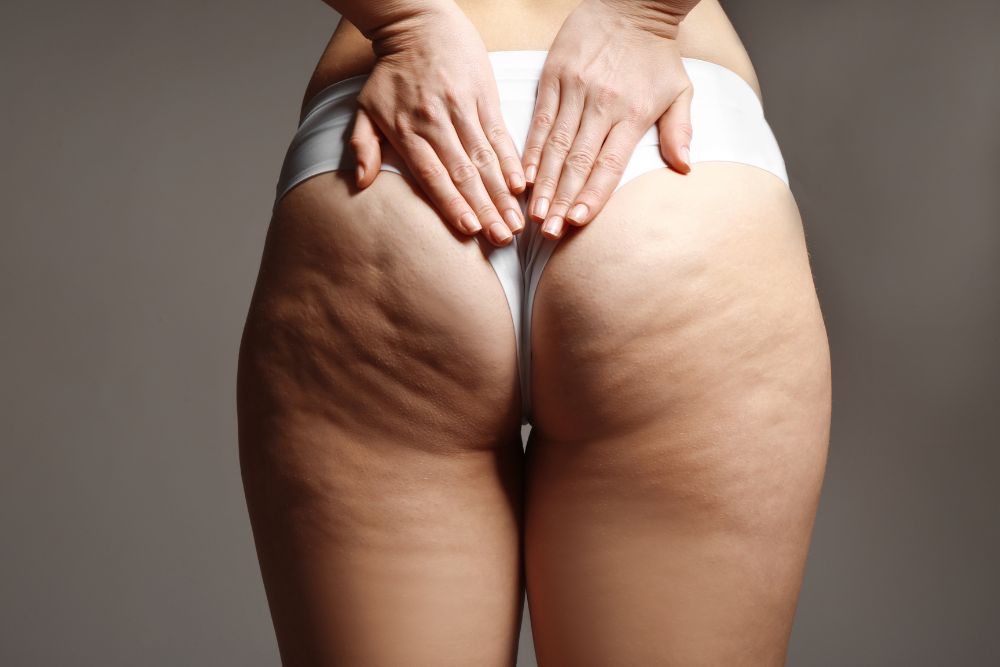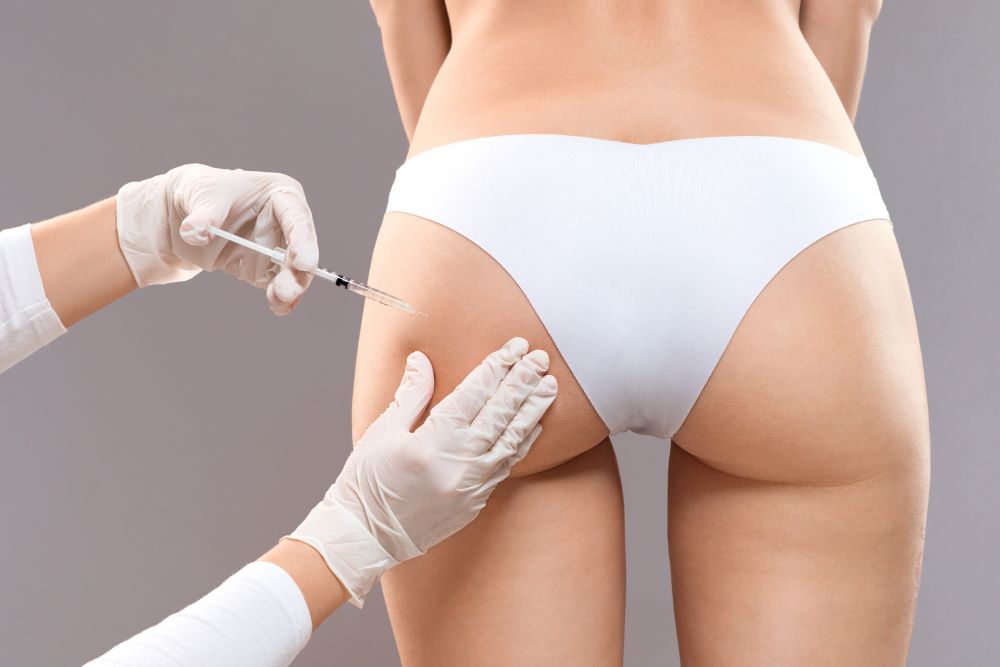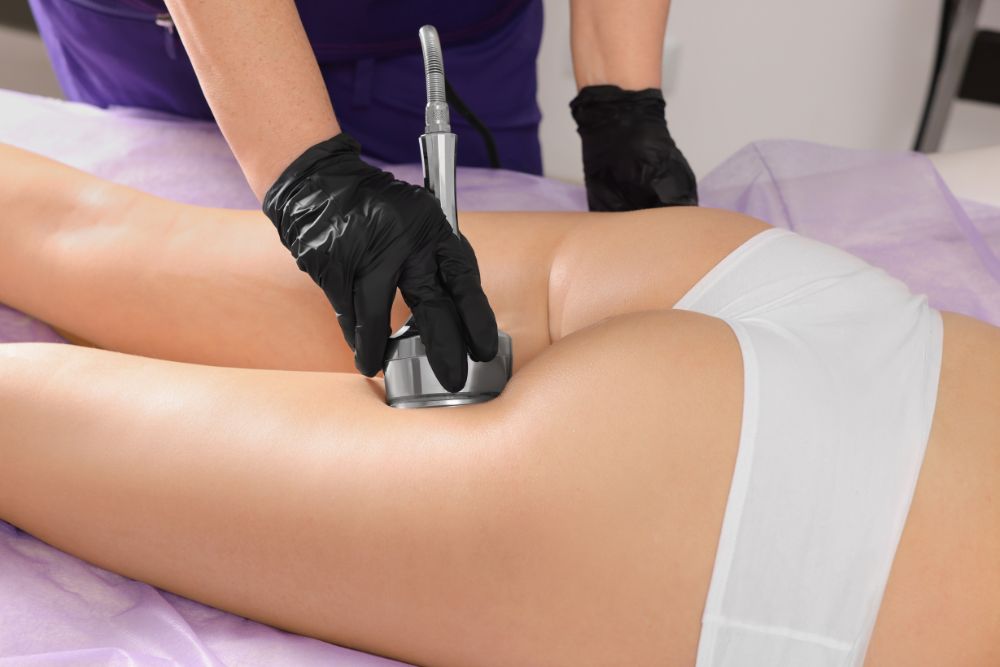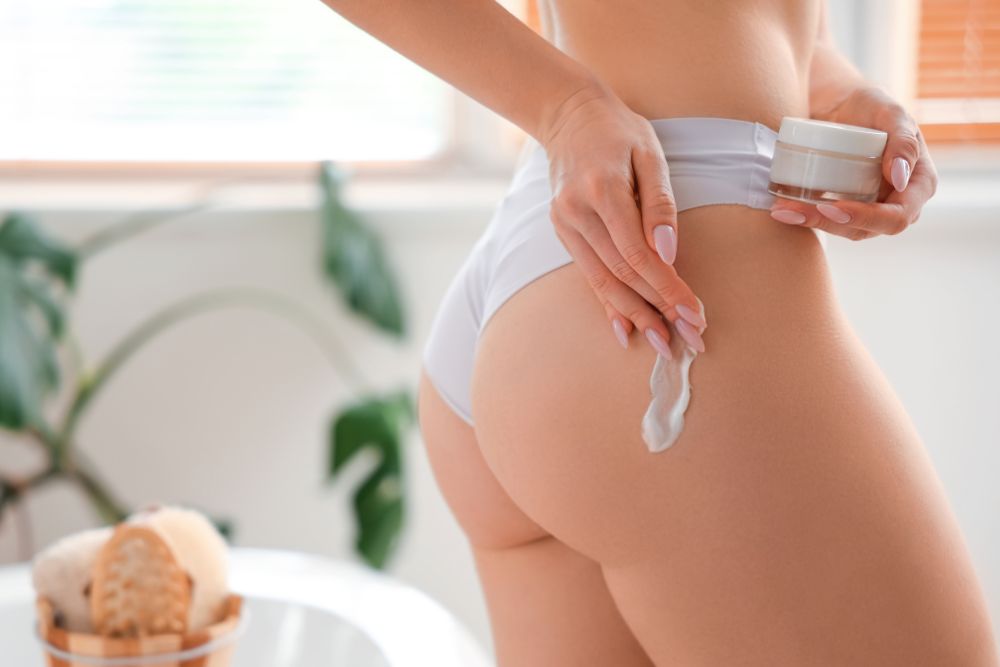Understanding Brazilian Butt Lift Surgery
A Brazilian butt lift (BBL) is a popular cosmetic surgical procedure designed to enhance the shape and size of the buttocks through fat grafting, also known as fat transferring. Unlike traditional buttock augmentation that uses implants, a BBL uses the patient’s own fat to create a more natural and contoured appearance. The procedure involves harvesting fat cells from one area of the body—typically the abdomen, flanks, thighs, or lower back—and injecting it into the buttocks to achieve a fuller, more aesthetically pleasing shape. It is crucial to choose a qualified surgeon for Brazilian butt lift procedures, as the complexity of the surgery requires specialized training in fat transfer techniques.
The primary goal of a BBL is to improve the overall proportions of the lower body, creating a more pronounced waist-to-hip ratio. By transferring fat from areas where it is less desired to the buttocks, the surgery not only enhances the size of the butt but also slims down the donor areas, further emphasizing the new contours.
It’s important to note that while a BBL can dramatically improve the shape and size of the buttocks, it does not address or correct issues such as sagging skin. Patients with significant skin laxity may require additional procedures, such as a buttock lift, to achieve the desired results.
Preparing for a Brazilian Butt Lift
Who is a Good Candidate for a Brazilian Butt Lift?
A Brazilian butt lift can be an excellent option for individuals looking to enhance the size and shape of their buttocks, but it’s not suitable for everyone. The ideal candidate for a BBL is someone who is in good overall health, has realistic expectations about the outcomes, and is committed to maintaining a healthy lifestyle after the procedure.
In general, you may be a good candidate for a Brazilian butt lift if you:
-
Are unhappy with the shape or size of your buttocks: If you desire a fuller, more rounded appearance, a BBL may be the right choice for you.
-
Have sufficient excess fat in other areas of your body: The procedure requires a certain amount of fat to be transferred to the buttocks. If you are very lean, you may not have enough fat to harvest, making you less ideal for the procedure.
-
Are willing to follow a healthy diet and exercise routine after surgery: Maintaining a stable weight is crucial for preserving the results of your BBL. Significant weight fluctuations can alter the shape and size of your buttocks.
Before undergoing a BBL, it’s essential to schedule a consultation with a board-certified plastic surgeon who specializes in the procedure. They will assess your overall health, body type, and cosmetic goals to determine if you are a suitable candidate for the surgery.
The Brazilian Butt Lift Procedure
How Fat Cells are Transferred
The Brazilian butt lift procedure involves several steps, each carefully designed to enhance the shape and volume of the buttocks while maintaining a natural look. Here’s how the process typically unfolds:
-
Fat Harvesting: The first step in the BBL procedure is the extraction of fat from one or more areas of the body using liposuction. Common donor sites include the abdomen, flanks, thighs, and lower back. The surgeon makes small incisions in the donor area and inserts a thin tube called a cannula to break up and suction out the fat.
-
Fat Purification: Once the fat has been harvested, it undergoes a purification process to remove impurities such as blood, oil, and damaged fat cells. This step is critical to ensure that only healthy, viable fat cells are used for transfer.
-
Fat Injection: After purification, the fat is carefully injected into the buttocks in multiple layers to achieve the desired shape and volume. The surgeon typically focuses on the upper portion of the buttocks to create a lifted appearance, while also contouring the sides and lower areas for a balanced look. The entire procedure requires precise placement of fat to ensure even distribution and a natural contour.
-
Closing the Incisions: After the fat has been successfully transferred, the surgeon will close the incisions with sutures and apply dressings. A compression garment is then placed over the treated areas to help reduce swelling and support the healing process.
A skilled plastic surgeon can significantly improve the proportions of the lower body through a BBL, providing long-lasting results that enhance both the buttocks and the areas where fat was removed.
Risks and Complications of Brazilian Butt Lifts
Potential Risks and Complications
While a Brazilian butt lift can offer transformative results, it’s essential to be aware of the potential risks and complications associated with the procedure. The BBL is considered one of the more complex and risky cosmetic surgeries, primarily due to the fat transfer process. Some of the potential risks include:
-
Fat Embolism: This is a serious and potentially life-threatening complication that occurs when fat enters the bloodstream and blocks blood vessels. Symptoms of fat embolism can include difficulty breathing, chest pain, confusion, and rapid heart rate. Immediate medical attention is required if this occurs.
-
Infection: As with any surgical procedure, there is a risk of infection. Symptoms of infection may include fever, chills, redness, swelling, and pus drainage from the incision sites. Proper post-operative care and hygiene can help reduce this risk.
-
Bleeding and Hematoma: Excessive bleeding or the accumulation of blood outside of blood vessels (hematoma) can occur during or after surgery. These complications may require additional treatment or surgical intervention.
-
Scarring: While the incisions made during liposuction and fat injection are small, there is still a risk of scarring. The visibility of scars depends on factors such as skin type, healing ability, and the surgeon’s technique.
-
Asymmetry: It is possible that the buttocks may not be perfectly symmetrical after the procedure, either due to uneven fat absorption or differences in the body’s natural contours.
Choosing a highly experienced and board-certified plastic surgeon who specializes in BBLs can significantly reduce the risk of complications and increase the likelihood of satisfactory results.
Recovery Process
What to Expect During Recovery
The recovery process after a Brazilian butt lift can be challenging and requires careful attention to post-operative care. Here’s what you can expect during the recovery period:
-
Immediate Post-Op Period: In the first few days after surgery, you will experience swelling, bruising, and discomfort in both the donor and buttock areas. The intensity of bbl recovery pain can vary, but it is often compared to the discomfort experienced in other liposuction procedures. Pain medication will be prescribed to help manage any pain.
-
Sitting and Lying: One of the most significant challenges during BBL recovery is avoiding direct pressure on your buttocks. You will need to avoid sitting or lying on your back for up to 8 weeks. Instead, you should lie on your side or stomach and use specialized pillows to reduce pressure on the buttocks when sitting is unavoidable.
-
Swelling and Bruising: Swelling and bruising are common and may take several weeks to subside. The use of compression garments can help reduce swelling and support the healing process.
-
Mobility: Light walking is encouraged soon after surgery to promote circulation and reduce the risk of blood clots. However, strenuous activities should be avoided until your surgeon gives you clearance.
-
Follow-Up Appointments: Regular follow-up appointments with your surgeon are essential to monitor your healing progress and address any concerns that may arise.
Managing Discomfort and Pain
Pain and discomfort are common during the recovery period, but there are several strategies to help manage these symptoms. Here are some essential BBL recovery tips to alleviate patient concerns during the healing process:
-
Use of Pain Relievers: Your surgeon will prescribe pain medication to help control discomfort. It’s important to take these as directed to stay ahead of the pain.
-
BBL Pillow: Invest in a BBL pillow, which is designed to allow you to sit without putting pressure on your buttocks. This pillow relocates pressure to the thighs, helping to protect the newly transferred fat cells.
-
Sleep Positioning: Plan to sleep on your side or stomach to avoid putting pressure on your buttocks. This may require some creativity in your sleep setup, but it’s crucial for a successful recovery.
-
Cold Compresses: Applying cold compresses to the treated areas can help reduce swelling and numb the pain. Be sure to follow your surgeon’s instructions on the appropriate use of cold therapy.
Activity Level During Recovery
Returning to Normal Activities
Most patients can return to light activities, including work, within 10 to 14 days after their BBL surgery. However, if you have a job that requires sitting for long periods, you may need to take additional time off or find ways to minimize sitting.
By approximately six weeks post-surgery, most of the swelling should have subsided, and you should be able to resume your regular daily activities, including more active physical tasks. However, it’s important to continue avoiding any activities that put direct pressure on your buttocks until you are fully healed.
Exercise and Physical Activity
Physical activity plays an important role in maintaining the results of your BBL, but it’s crucial to approach exercise cautiously during the recovery period:
-
Low Impact Exercise: Around the 4 to 6 week mark, you can begin engaging in low-impact exercises, such as walking or light stretching. These activities help maintain circulation and promote healing without putting too much strain on your body.
-
Avoid Heavy Lifting: Refrain from any heavy lifting or high-impact exercises for at least two to three months post-surgery. These activities can interfere with the healing process and compromise your results.
-
Frequent Ambulation: Frequent movement, such as short walks, can help reduce swelling and prevent complications such as blood clots. Regular ambulation is encouraged from the very start of your recovery.
Results and Longevity
How Long Do Brazilian Butt Lift Results Last?
One of the appealing aspects of a Brazilian butt lift is the longevity of the results. While the fat cells that survive the transfer process are considered permanent, the overall results are often described as “semi-permanent” because they are subject to changes in your body over time.
As long as you maintain a stable weight and healthy lifestyle, the results of your BBL can last for many years. The transferred fat cells will remain in place, and fat cells removed from donor areas through liposuction will not return. However, significant weight fluctuations, aging, and other lifestyle factors can affect the appearance of your buttocks over time.
Choosing a Qualified Surgeon
Tips for Choosing a BBL Surgeon
Choosing the right surgeon for your Brazilian butt lift is one of the most important decisions you will make. Here are some tips to help you find a qualified BBL surgeon:
-
Board Certification: Ensure that your surgeon is board-certified by the American Board of Plastic Surgery. This certification indicates that the surgeon has met rigorous standards of training, ethics, and expertise.
-
Experience: Look for a surgeon who has extensive experience performing Brazilian butt lifts specifically. The BBL is a complex procedure that requires a high level of skill and precision, so it’s essential to choose someone with a proven track record of successful outcomes.
-
Before and After Photos: Ask to see before and after photos of the surgeon’s previous BBL patients. Look for consistent results and make sure the outcomes align with your aesthetic goals.
-
Patient Reviews: Research patient reviews and testimonials to get a sense of the surgeon’s reputation and patient satisfaction. Positive reviews and high ratings can provide valuable insight into the surgeon’s expertise and patient care.
FAQ: Brazilian Butt Lift Surgery
1. How long does a Brazilian Butt Lift procedure take?
The procedure typically takes between 2 to 4 hours, depending on the amount of fat being harvested and transferred. The exact time may vary based on the complexity of the surgery and the surgeon’s technique.
2. Will I need a second BBL procedure?
In some cases, patients may opt for a second BBL procedure, known as a “touch-up,” to achieve additional volume or address any asymmetry. However, many patients are satisfied with their results after a single procedure.
3. How soon can I sit after a Brazilian Butt Lift?
You should avoid sitting directly on your buttocks for at least 6 to 8 weeks after surgery. When sitting is necessary, use a BBL pillow to reduce pressure on the buttocks.
4. Can I combine a BBL with other procedures?
Yes, a BBL can be combined with other procedures such as a tummy tuck or breast augmentation. Combining procedures can be an effective way to achieve a more comprehensive transformation, but it also requires careful planning and consultation with your surgeon.
5. Is the fat transfer permanent?
The fat cells that survive the transfer process are considered permanent. However, the overall appearance of your buttocks may change over time due to factors such as aging, weight fluctuations, and lifestyle habits.
6. What are the signs of a fat embolism after a BBL?
Symptoms of a fat embolism include shortness of breath, chest pain, rapid heartbeat, confusion, and bluish discoloration of the skin. If you experience any of these symptoms after surgery, seek emergency medical attention immediately.
7. How much fat is typically transferred during a BBL?
The amount of fat transferred varies based on the patient’s body type and desired results. Generally, surgeons aim to transfer enough fat to achieve a noticeable enhancement while ensuring the safety and viability of the fat cells.
8. What happens if I gain weight after my BBL?
If you gain weight after your BBL, the transferred fat cells can expand, potentially increasing the size of your buttocks. Conversely, significant weight loss can cause the fat cells to shrink, reducing the volume of your buttocks.
9. How long does the recovery process take?
The initial recovery period lasts about 2 to 3 weeks, during which you will need to avoid sitting or lying on your buttocks. Full recovery, including the resumption of normal activities and exercise, typically takes about 6 to 8 weeks.
10. What can I do to maintain my BBL results?
To maintain your BBL results, it’s important to follow a healthy diet, maintain a stable weight, avoid smoking, and adhere to your surgeon’s post-operative instructions. Regular exercise, once cleared by your surgeon, can also help preserve your results.
By understanding the Brazilian Butt Lift procedure, its risks, and the recovery process, patients can make informed decisions and achieve the best possible outcomes. Always consult with a qualified plastic surgeon to discuss your goals and expectations before undergoing a BBL.

